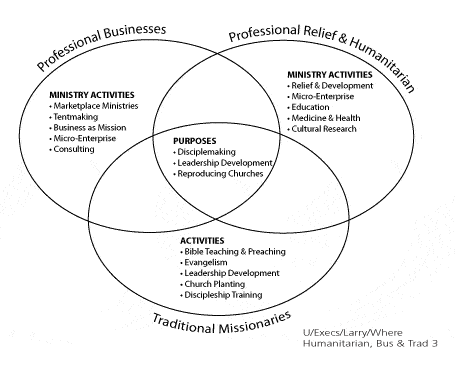Related Articles
A Growing Global Movement: Business as Mission
By Jo Plummer and Mats Tunehag
Doing Incarnational Business as Mission: A Case Study in India
SINCE THE MID-1990s when the term was first coined at a missions conference, “Business as Mission” (BAM) has gained wide acceptance in mission circles and generated much excitement as the new paradigm of missions for the twenty-first century.
Business as Mission Resources
The blending of business with mission is as old as Paul’s tentmaking work in New Testament times. However, over the past two hundred years many evangelical missions (and churches) have pushed business ventures to the sidelines.
Business as Mission Resources
The blending of business with mission is as old as Paul’s tentmaking work in New Testament times. However, over the past two hundred years many evangelical missions (and churches) have pushed business ventures to the sidelines.
Integrating a Business as Mission Focus into a Traditional Mission Agency
A case study of how CrossWorld integrated a Business as Mission focus into a traditional church-planting agency.


